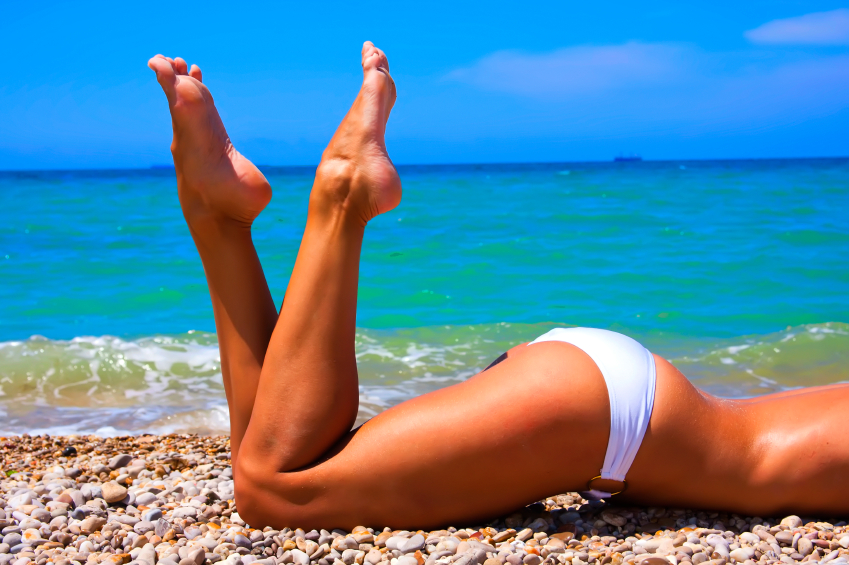Spring has finally arrived! And of course, this means that many are just beginning their last-minute attempts to get their bodies into beach mode—including getting a great tan. While everyone loves sun kissed skin, people tend to get restless waiting for sunshine in order to achieve it.
Estheticians know that the best way to get perfectly glowing skin an entire season before summer (without being exposed to the dangers of tanning beds or the cost of a Caribbean getaway), is to use a great self-tanner! However, there are some application tricks to consider before any self-tanner attempts are made.
Hair Removal Goes First!
Graduates of esthetics colleges understand the importance of performing any and all hair removal procedures before applying self-tanner to the skin. This is because hair removal treatments and processes can also remove self-tanning products, leaving skin looking blotchy and uneven. Other products that can remove self-tanner include nail polish remover and hair dye, which is why estheticians will usually tell their clients to make sure that applying tanner is the absolute last beauty procedure they do.
Exfoliating is Key!
Exfoliating really is the best and most important thing a person can do for his or her skin—whether or not self-tanner will be applied afterwards. Exfoliating promotes the shedding of dead and scaly skin that accumulates after time. Individuals who have taken esthetics courses know that if the skin is not exfoliated for a few days before applying self-tanner, the tanner will try to work its way through the dead skin, resulting in an uneven tan. Estheticians will usually recommend spending extra time on areas like the knees, elbows, ankles and heels—as these areas tend to accumulate more dead skin.
Use Moisturizer
Professionals holding esthetics school diplomas typically recommend using moisturizer everyday for at least one week before applying self-tanner. This will ensure that the skin has received enough moisture to absorb the tanner evenly. It’s also important to develop a routine for applying moisturizer evenly—for example, if you start from the bottom and work your way up, do it like this every day. Industry professionals know that the same areas that require more exfoliation time also require more moisturizer, because they are some of the driest areas of the body.
Wash Your Hands
Experts typically advise clients and staff members who are applying self-tanner to use latex gloves. Some may prefer to simply use their bare hands, which only means that they must be washed consistently throughout the application process in order to avoid stained palms.
The “Magic” Eraser
Professional estheticians are privy to a great trick for evening out a spot that may be a little blotchy, without having to remove and re-apply self-tanner on the entire body. If a tanning “accident” occurs, rubbing half of a lemon on the problem area for approximately two minutes will even out the blotch. Afterwards, the area can be clean lightly with a damp towel.
What are your personal favourite self-tanning products?

